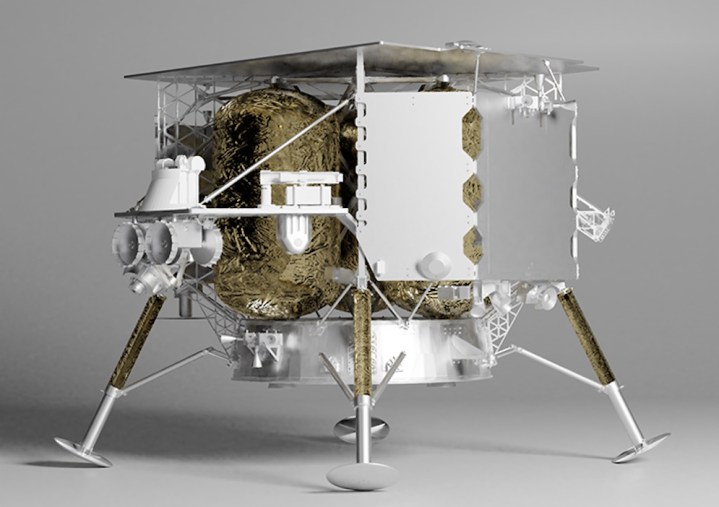
The space and scientific community had high hopes for Astrobotic’s Peregrine flight, which was aiming to become the first U.S. mission to land on the moon since the final Apollo voyage in 1972, as well as the first commercial effort to achieve a soft landing on the lunar surface.
But just a few hours after a ULA Vulcan Centaur rocket launched the Peregrine spacecraft from the Kennedy Space Center in Florida on Monday, news came through of a “critical” propellant leak — apparently caused by the failure of a valve to reseal itself — that meant the mission had no chance of reaching the moon.
The failure to make it to the lunar surface was a disappointment not only to Astrobotic but also to NASA, which partnered with the Pittsburgh-based company for the mission, and the different entities behind the 21 payloads that Peregrine had taken with it.
Since Monday, Astrobotic has been offering regular updates on social media, sharing news about the condition of the Peregrine spacecraft. Early posts offered predictions on its lifespan, and had they been accurate, Peregrine would’ve shut down several days ago.
But with each update, the Astrobotic team, which remains upbeat about the situation, has extended its forecast for the spacecraft’s lifespan. The latest post, shared early evening ET on Thursday, suggested Peregrine could continue to operate for another 48 hours, way longer than expected considering its ongoing loss of propellant. Astrobotic said the extensions are down to the rate of the leak being slower than predicted.
The extra time has allowed the team to gather more data from the troubled spacecraft, data that will prove valuable as Astrobotic prepares for another lunar effort later this year with the Griffin Lander mission.
It’s also enabled the team to do some tests on Peregrine’s payloads, powering them up and extracting data for NASA and the other organizations that put them on board.
“Two of the payloads, NSS and LETS, are making measurements of the radiation environment in interplanetary space around the Earth and the moon,” NASA said on Thursday. “The two instruments are measuring different components of the radiation spectrum, which provide complementary insights into the galactic cosmic ray activity and space weather resulting from solar activity. This data helps characterize the interplanetary radiation environment for humans and electronics.”
Peregrine has been operating in space for three-and-a-half days and is currently 225,000 miles from Earth, which is 94% of lunar distance, Astrobotic said on Thursday.
While the mission has fallen well short of its goal by failing to reach the lunar surface, Astrobotic will take some comfort from Peregrine’s longer-than-expected flight, as well as its ability to make use of some of Peregrine’s many payloads.

